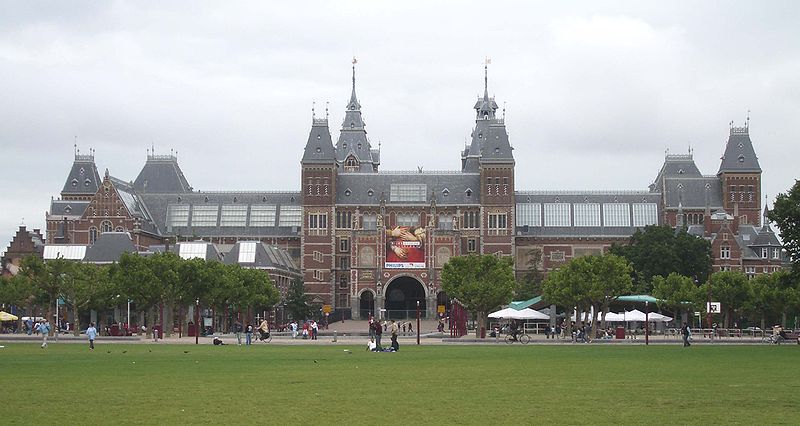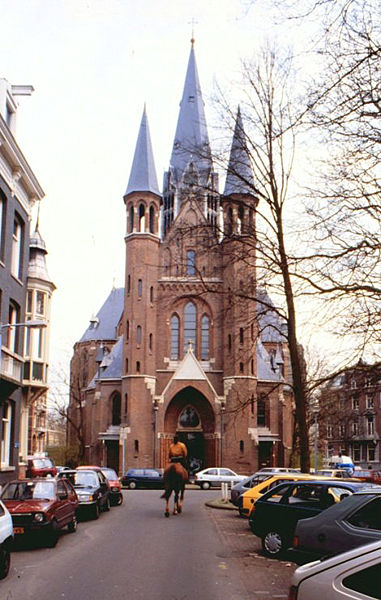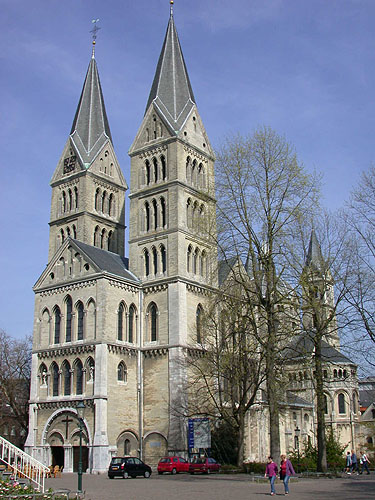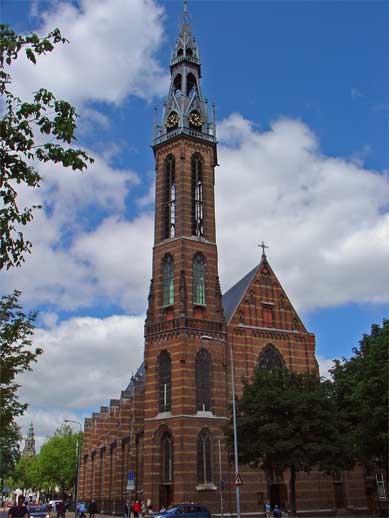<Back to Index>
- Mathematician Pafnuty Lvovich Chebyshev, 1821
- Architect Petrus Josephus Hubertus Cuypers, 1827
- United States Secretary of State William Henry Seward, Sr., 1801
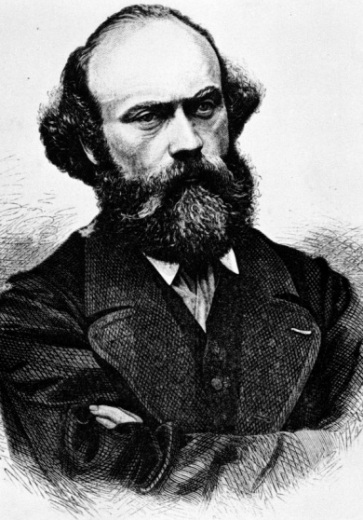
Petrus Josephus Hubertus (Pierre) Cuypers (May 16, 1827, Roermond – March 3, 1921, Roermond) was a Dutch architect. His name is most frequently associated with the Amsterdam Central Station (1881-1889) and the Rijksmuseum (1876-1885), both in Amsterdam. More representative for his oeuvre, however, are a lot of churches, of which he built more than 100. Moreover, he restored a large number of monuments.
Cuypers was the son of a church painter and grew up in surroundings in which interest for art was encouraged. After he studied at the urban college in Roermond, he moved to Antwerp in 1844 to study architecture at the art academy. He was taught by Frans Andries Durlet, Frans Stoop and Ferdinand Berckmans, all pioneers of the neo-Gothic architecture in Belgium. Cuypers was a good student; in 1849, he gained the Prix d'Excellence of the academy.
After a tour in the German Rheinland, he returned to Roermond, where he was appointed a town architect in 1851. In 1852, he opened a work shop where ecclesiastical art was manufactured. Cuypers' ecclesiastical work was initially strongly influenced by 13th century French architecture and by the writings of his friends Eugene Viollet-le-Duc and J. A. Alberdingk Thijm. Cuypers built a large number of churches all across the Netherlands, in which the French influence played a prominent role. Highlights from these first period are the Lambert's Church in Veghel and the Catharina's Church in Eindhoven, among others. From 1870 onwards Cuypers' style became more influenced by the native Gothic styles of the Netherlands as well as Gothic styles from other countries like Norway and Italy. He also experimented with centralizing ground-plans and other non-conventional layouts. In this second part of his career he built some of his best work. After 1883 he was assisted by his son Joseph Cuypers in much of his work.
Cuypers led a large number of restorations. His conceptions concerning restorations has been frequently criticized; restoration often implied that the building was awfully damaged, but Cuypers tried to satisfy an idealized image of the style or the idea how the original builders had intended a building to be rather than to preserve the architectural evolution of the building. An early example of this is the extensive restoration of the Munster Church in Roermond, where Cuypers replaced original towers by new ones.
Pierre Cuypers was the uncle of Eduard Cuypers who trained in his practice as a young man. Other relatives who became architects are his grandsons Pierre Cuypers jr. and Theo Taen.
Cuypers was a practicing Roman Catholic and a member of the Lay Dominicans. As such, he was buried in the Dominican habit.
